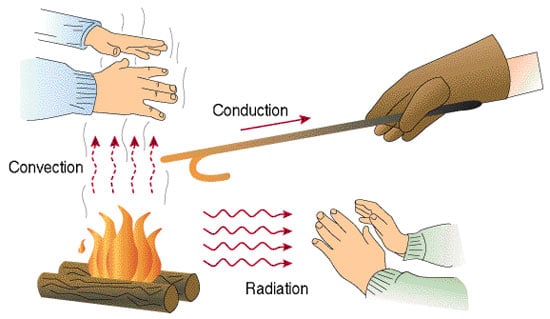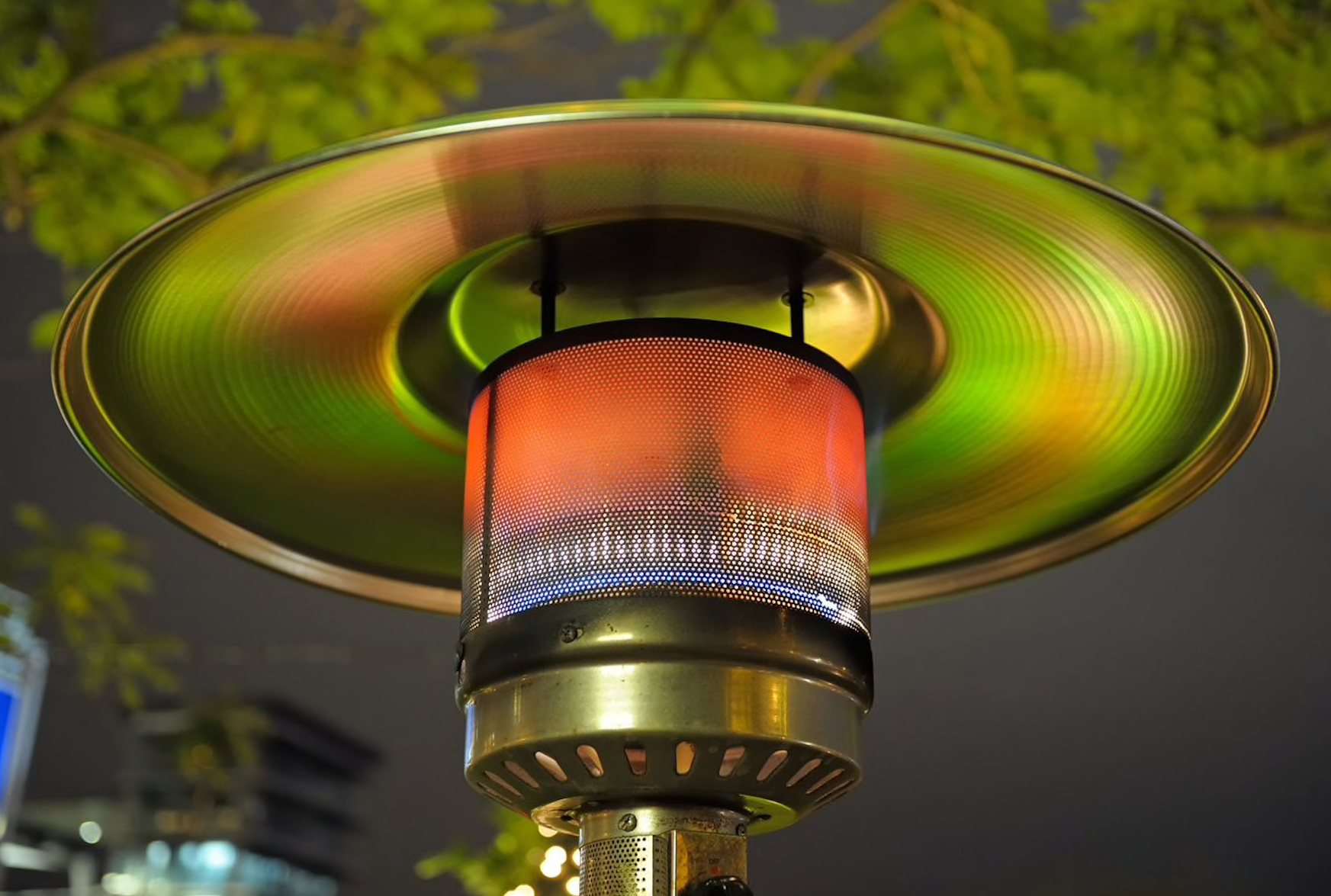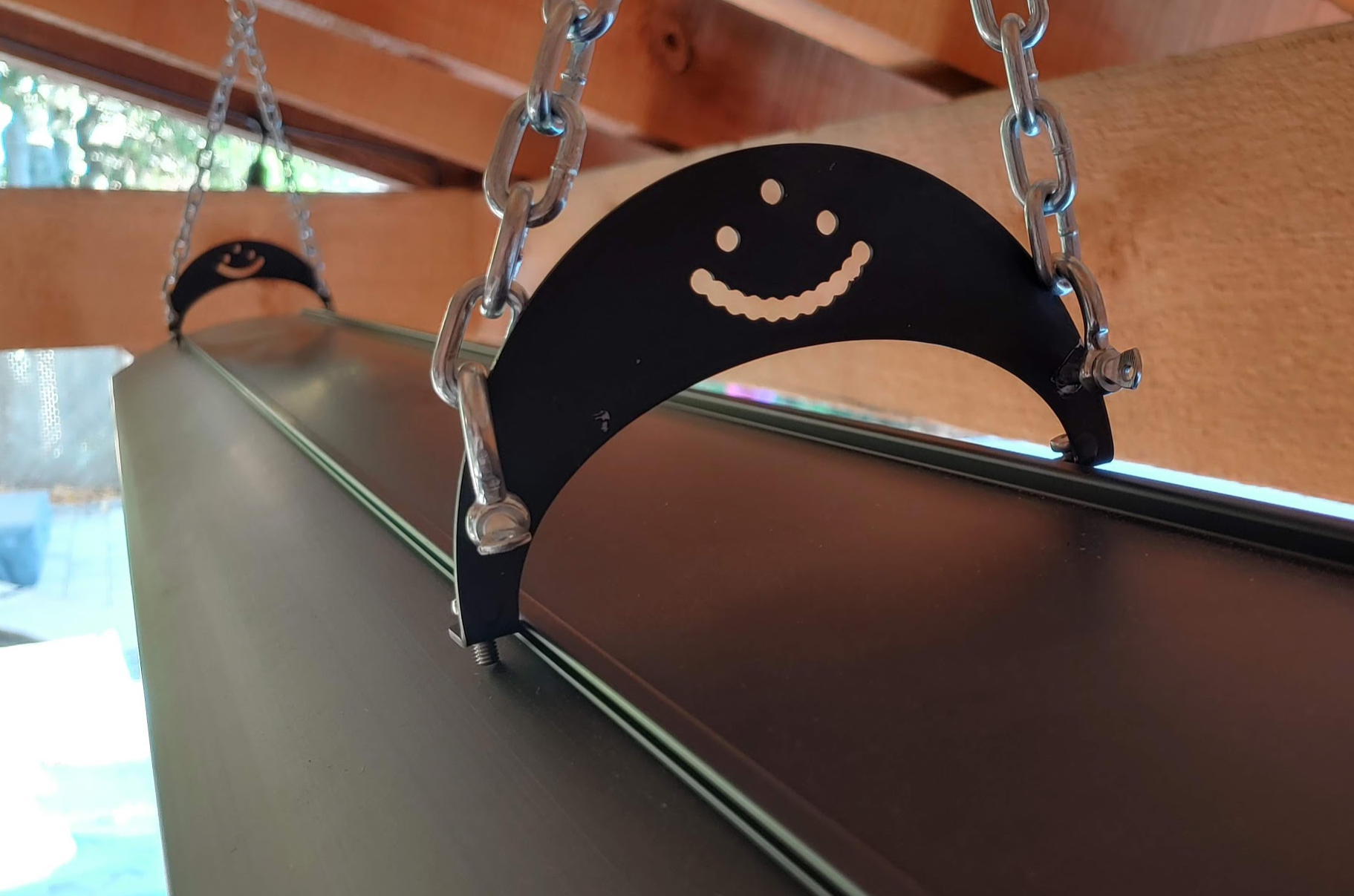
Electric Infrared Heating Explained - Medium Wave vs. Long Wave
Infrared heating is a system or appliance that provides heat by thermal radiation. The sun emits infrared rays or thermal radiation that travels approximately 150 000 000 kilometers through cold, dark space. When it reaches the earth surface, it is then absorbed by objects and converted into heat.
MEDIUMWAVE AND LONGWAVE – PREFERABLE WAVELENGTHS
Both longwave and mediumwave wavelengths have very good characteristics, high absorbency, low reflection, and radiation does not penetrate deep into the skin. These features are beneficial for warming up people for comfort heating. The mediumwave and longwave technology are therefore significantly more efficient and fitting technology compared to shortwave technology that almost completely lacks the required characteristics. Mediumwave and longwave infrared heaters are therefore better suited as radiant heat for comfort heating.
SHORTWAVE IS HIGH INTENSIVE
The shortwave infrared heater that has a very high temperature and therfore has a intensive heat. The high intensity of the shortwave can feel warmer at 2-3 meters, but the majority is reflected and not absorbed by humans. “Warmer” does not mean “more comfortable” or “more efficient” rather, the majority of the energy is wasted in the form of strong light, reflection and low absorption characteristics. However, for comfort heating in windy conditions, a shortwave infrared heater can be a preferable choice due to the higher intensiveness. It can withstand the cooling effects of strong winds better compared to long or mediumwave infrared heater.
HEAT TRANSFER
Heat is transferred between objects through conduction, convection or radiation.
- Conduction is the transfer of thermal energy between two forms of matter in direct contact. During conduction, these two forms of matter act to equalise temperature differentials in one another.
- Convection is the transfer of heat caused by a temperature differential between the heated parts of liquid or gas. It is commonly described as the transfer of energy between air and the object in contact.
- Radiation is the transfer of radiant energy from the sourcing matter directly to the object without the means of an intermediary device. Like visible light, radiant energy is passed directly from the source to the object, and the air is not directly heated.

INFRARED RADIATION
The electromagnetic spectrum is the range of all possible frequencies of electromagnetic radiation. It includes gamma rays, X-rays, ultraviolet, visible light, infrared, microwaves and radio waves. Like the sun’s energy, radiant heat energy is emitted in the form of electromagnetic waves in the infrared band, which is located next to the visible light band on the electromagnetic spectrum. The same operating principles apply for manufactured infrared heating appliances.
A VERSATILE HEATING METHOD
Infrared heating, which benefits from radiant heat transfer, allows the source of heat to begin at the floor level and not the ceiling, making infrared heaters an efficient and economical choice for the diverse conditions present in most warehouses, storerooms, and even the largest structures imaginable.
A properly designed infrared heating system can offer numerous benefits including reduced energy consumption. Independent studies have confirmed fuel savings of 20% to 50% when compared to a warm air system. Infrared heaters are a versatile heating method, useful for a wide variety of hard to heat applications. They are proven successful in areas of high air infiltration, buildings with high ceilings, or where spot heating is preferred.
OPRANIC INFRARED HEATERS CONVERT OVER 90% OF THE ENERGY INTO RADIANT HEAT ENERGY!
INFRARED WAVELENGTHS
Approximate temperature ranges and the approximate wavelength range measured in microns. A heater filament operating temperature shows us which type of infrared heater it is. Depending on the target material to be heated the correct type of heating radiation needs to be chosen since materials have different levels of absorption levels. If the infrared heating radiation is not correct then only a portion of the heat radiation is absorbed by the remaining material part is wasted or reflected away.
Shortwave (also referred as IR-A or Near Infrared) with wavelengths between 0,78 – 1,4μm
Shortwave Infrared heaters and operate between 780 nm to 1,400 nm and emit temperatures of 1300°C up to 2600°C and a bright visible light. Emitters are typically Quartz filled with halogen gas with a reflector to concentrate the heat in a particular direction.
Mediumwave (also referred as IR-B) with wavelengths between 1,4 – 3,0μm
Mediumwave Infrared heaters operate between 1,400 nm and 3,000 nm and emit temperatures of 500 – 1300°C and produce a deep dimmed red light. Emitters can be Quartz with a reflector to concentrate the heat in a particular direction.
Longwave (also referred as IR-C or Far infrared) with wavelengths between 3,0 – 1000 μm
Longwave infrared heaters operate in the wavelengths above 3,000 nm. Longwave Infrared elements emit much lower temperatures, typically around the 100 – 500°C mark and no visible light.


OPRANIC INFRARED TECHNOLOGY IS ABSORBED EFFICIENTLY BY HUMAN SKIN
ABSORPTION OF INFRARED RADIATION
All materials absorb heat differently according to the composition of the material itself plus its thickness. For an infrared heater to give a good feeling of comfort, efficient and natural heating, it is important to choose the right type of infrared heating technology to suit the purpose. The nature of the target material, the distance between the heater and the target and the duration of heat exposure is critical when selecting the type of an infrared heater.
HUMAN ABSORPTION
We, as humans, consist of approximately 80% water, therefore for comfort heating we want an infrared heater to be optimised with output in the wavelengths at which water absorbs the best and reflects the least. The picture below shows the relation between wavelength and absorption of infrared radiation for water. This means that IR-B and IR-C which occur at longer wavelengths above 2,0μm are better absorbed by human skin. This translates to a more efficient heating of humans via these long and medium wave bands. Of course, using a heater which delivers IR-A will still heat the skin, but will be less efficient as the skin does not absorb as well.

REFLECTIVITY
The other characteristics of human skin is that it can reflect certain wavelengths as a natural defence mechanism. Looking at the reflectance level for IR-A, -B and -C it shows that IR-A has a high reflectance while IR-B wavelengths and IR-C has a significant lower reflectance. This can be concluded as IR-A hits the skin with its high intensiveness, while the skin reflects most of the radiation away and that part will not cause any heat. It is just wasted energy. Meanwhile, the wavelengths IR-B and IR-C (mediumwave and longwave) will be highly absorbed and have a low reflectance of the skin. This is two very favourable characteristics for efficient comfort heating.
 PENETRATION DEPTH
PENETRATION DEPTH
The third important characteristics of the three wavelengths are that they penetrate the skin in different depths. The picture shows that wavelengths in the shortwave range penetrate deep into the sub layers of the skin. Even though the skins own defence mechanism by less absorption high reflectance for shortwave radiation, the intensive radiation from shortwave heaters penetrates deep into the skins sub layers making it potentially more harmful to the skin ageing process. While the medium and longwave radiation wavelengths do not penetrate as deep and are therefore a safer less harmful to the skins ageing process.
[Excellent write-up by Opranic, Sweden]; Source: https://opranic.com/infrared-heating



Leave a comment
This site is protected by hCaptcha and the hCaptcha Privacy Policy and Terms of Service apply.